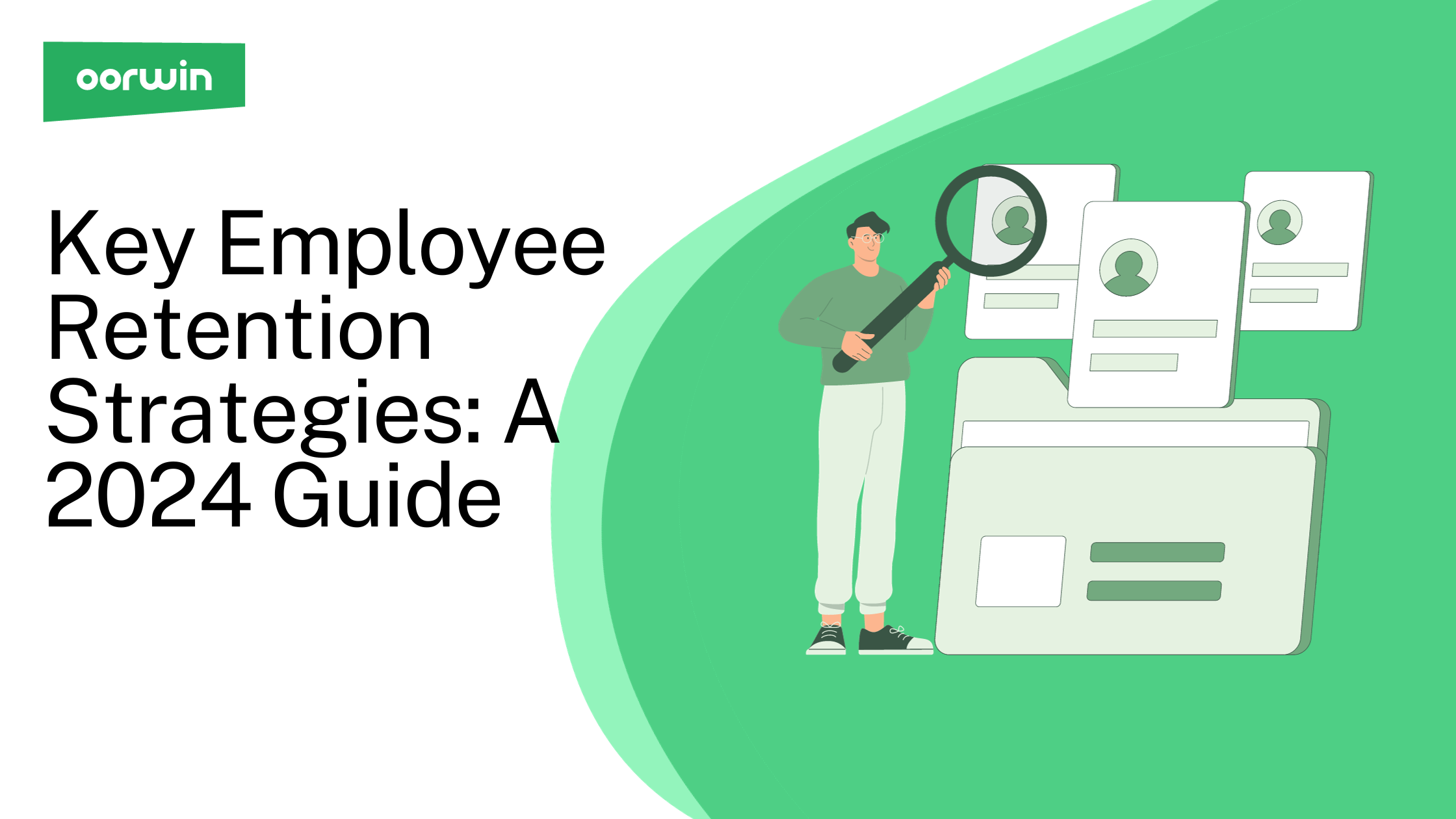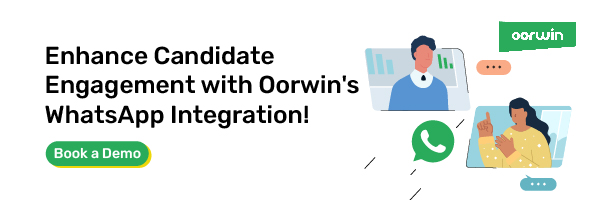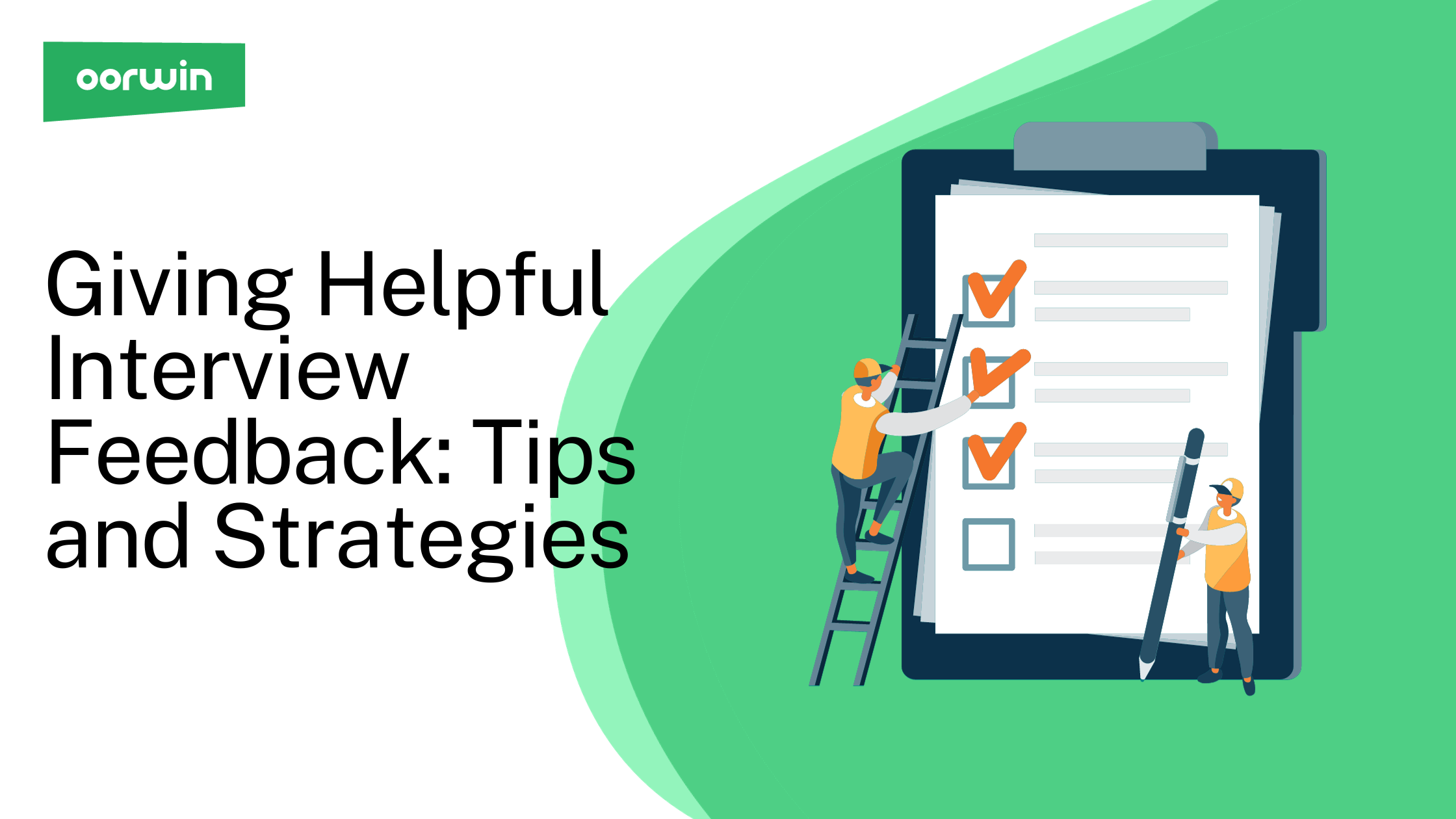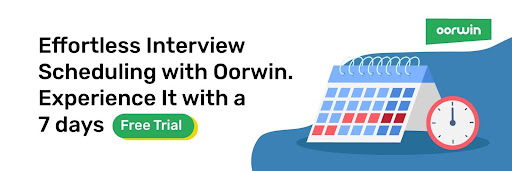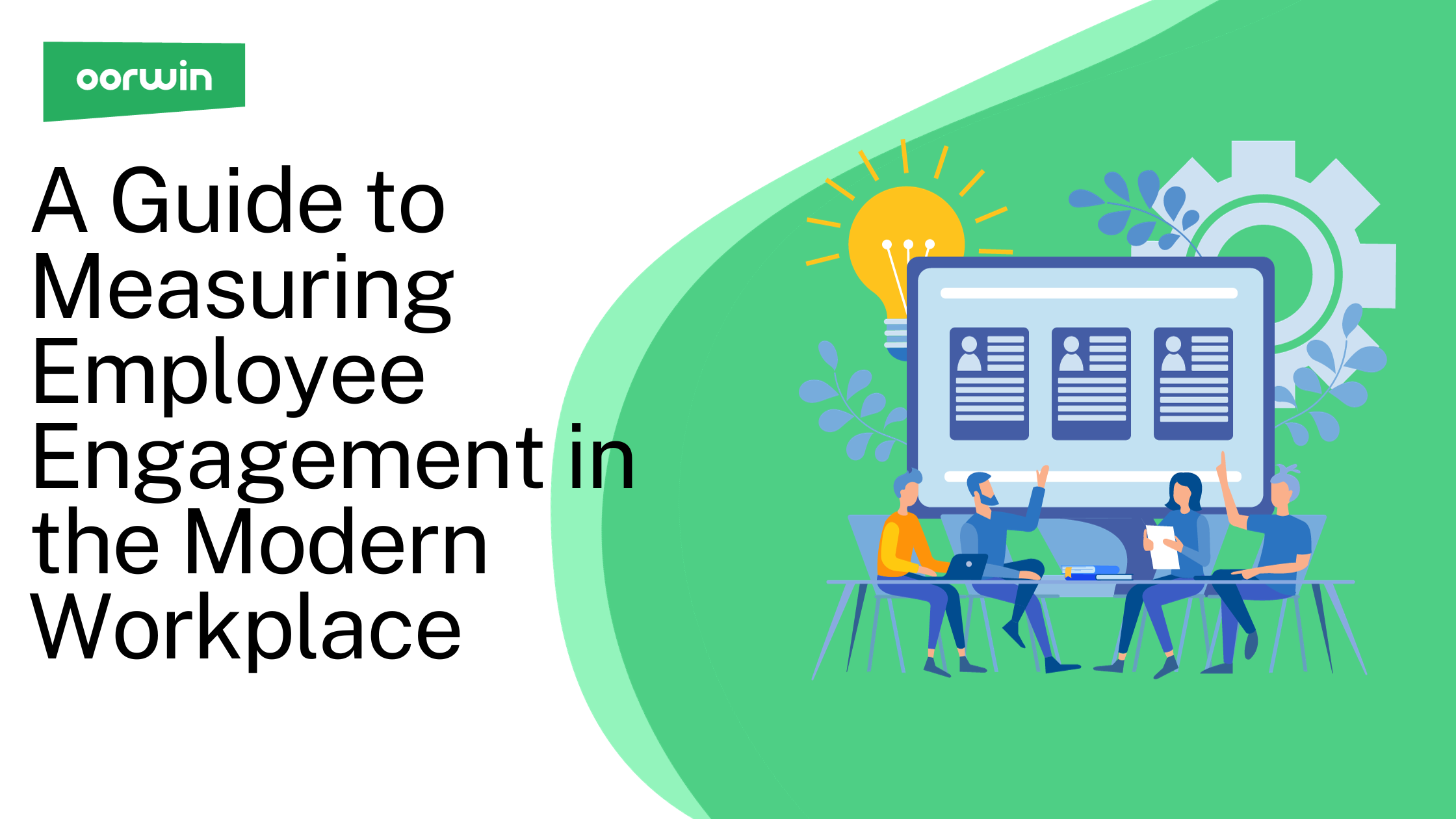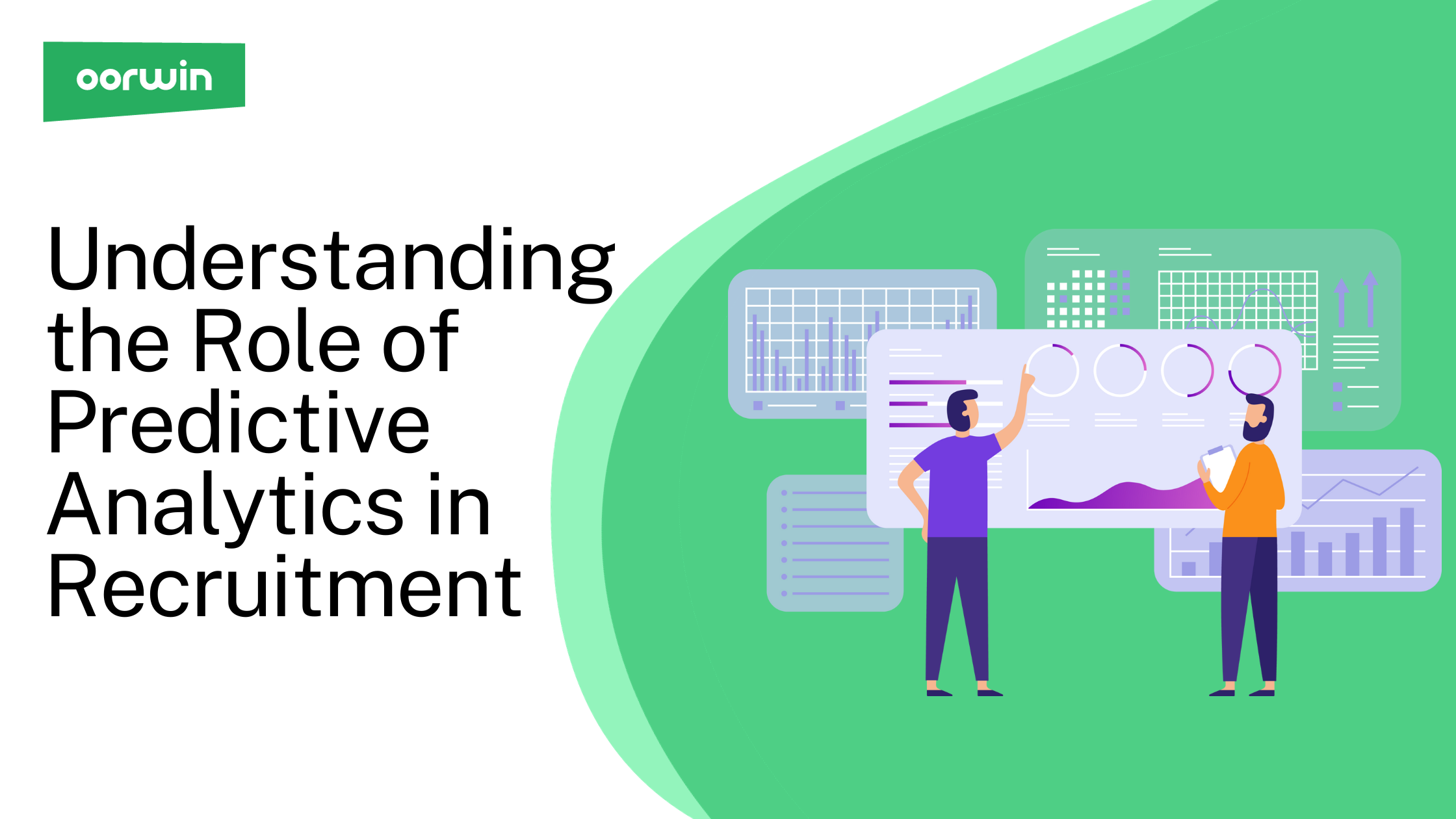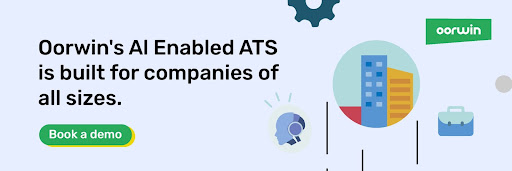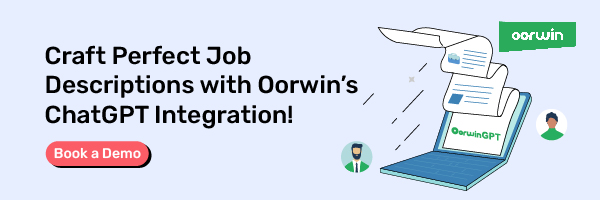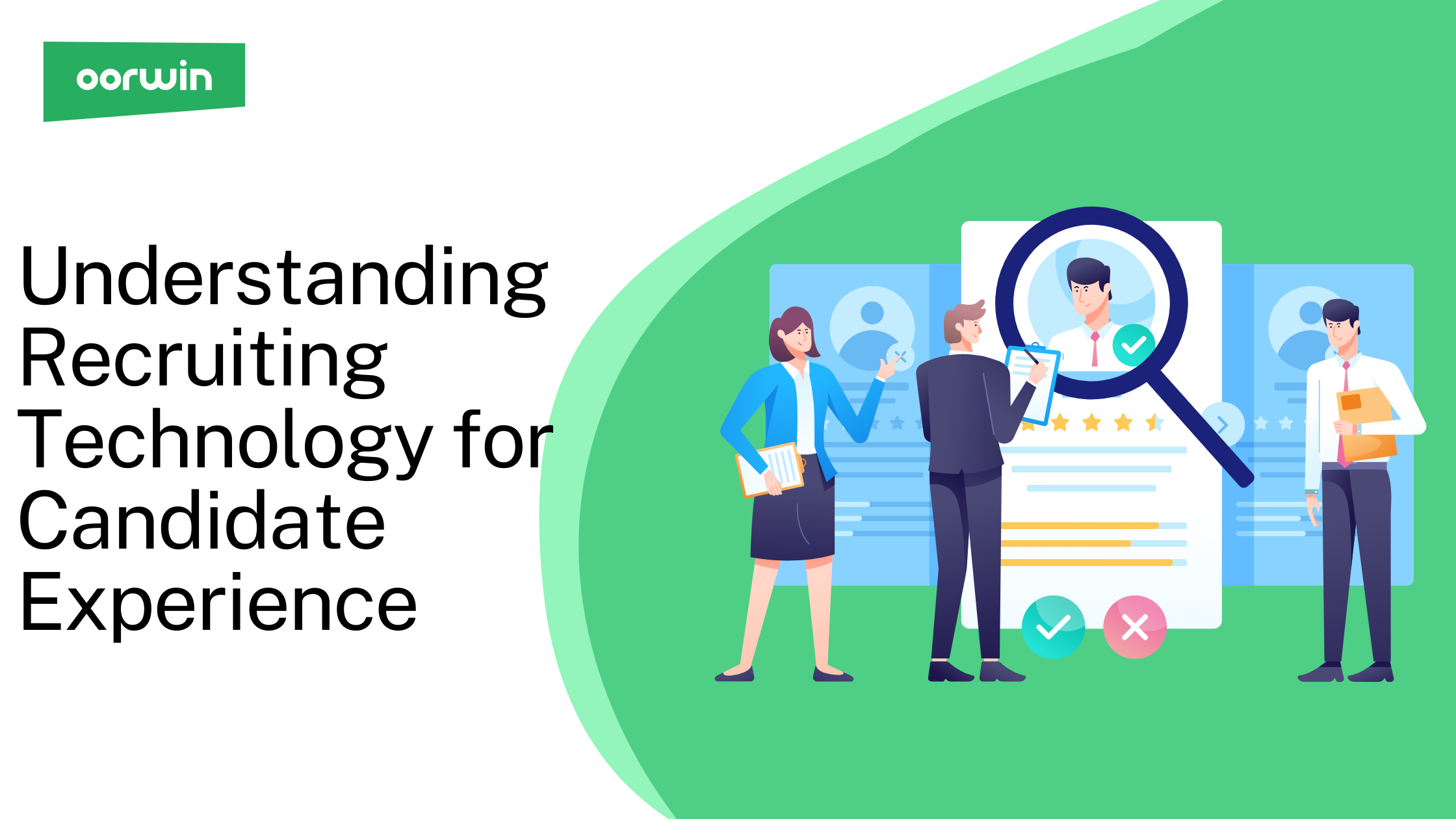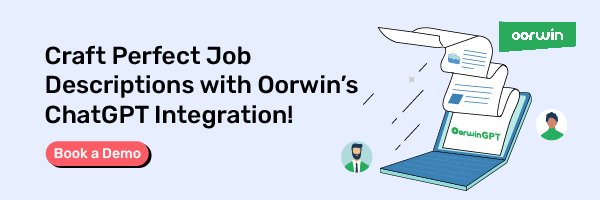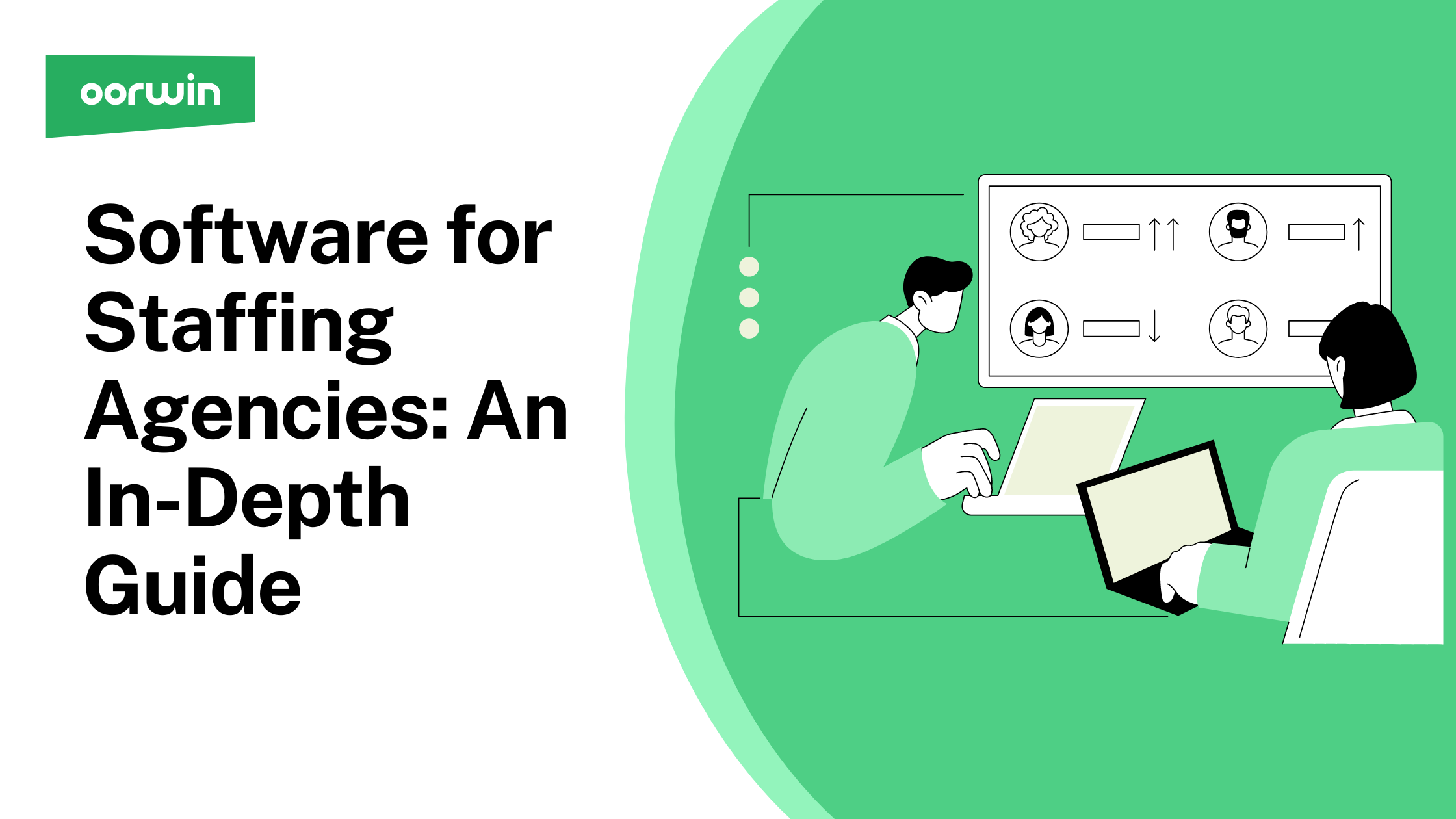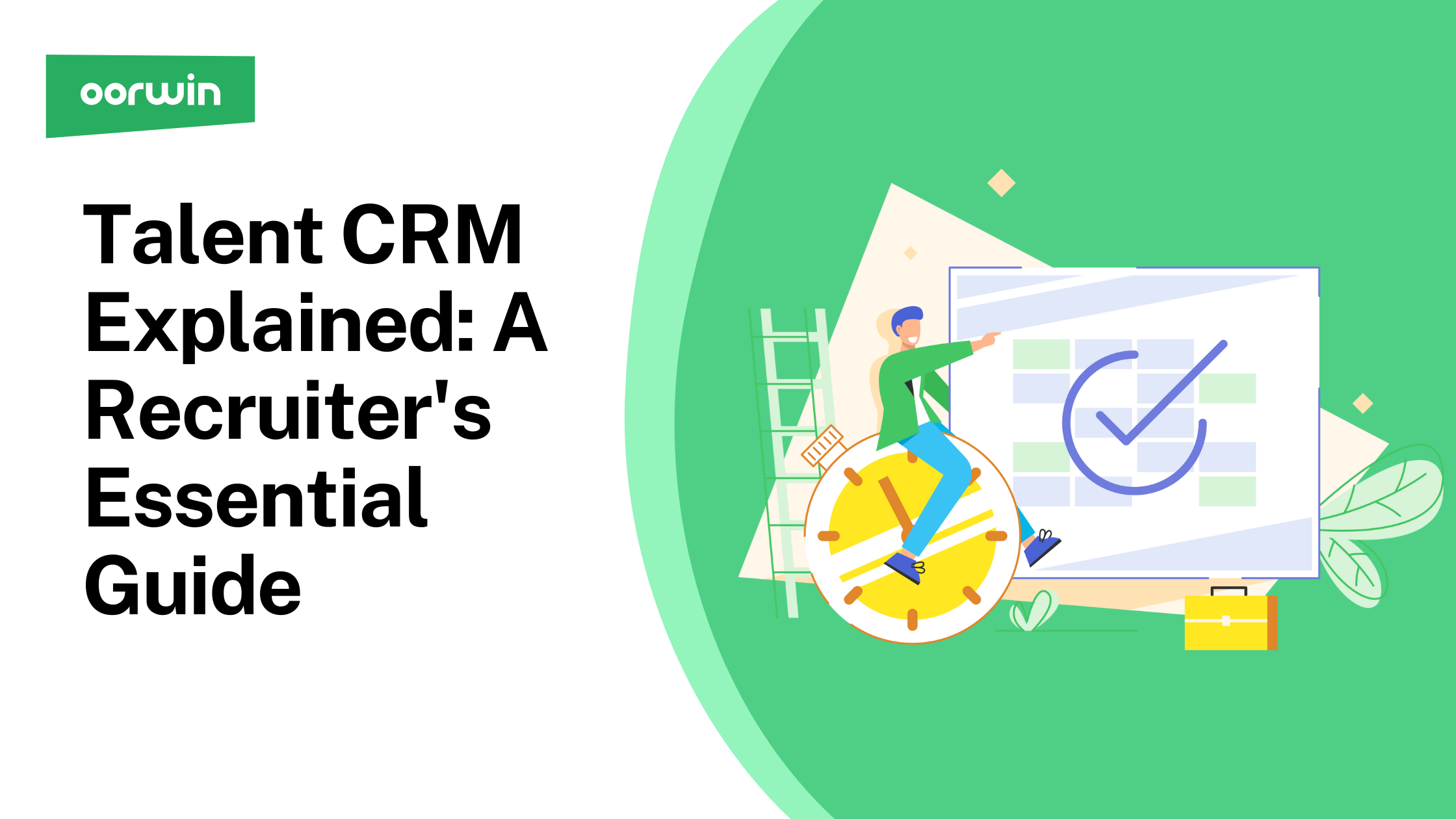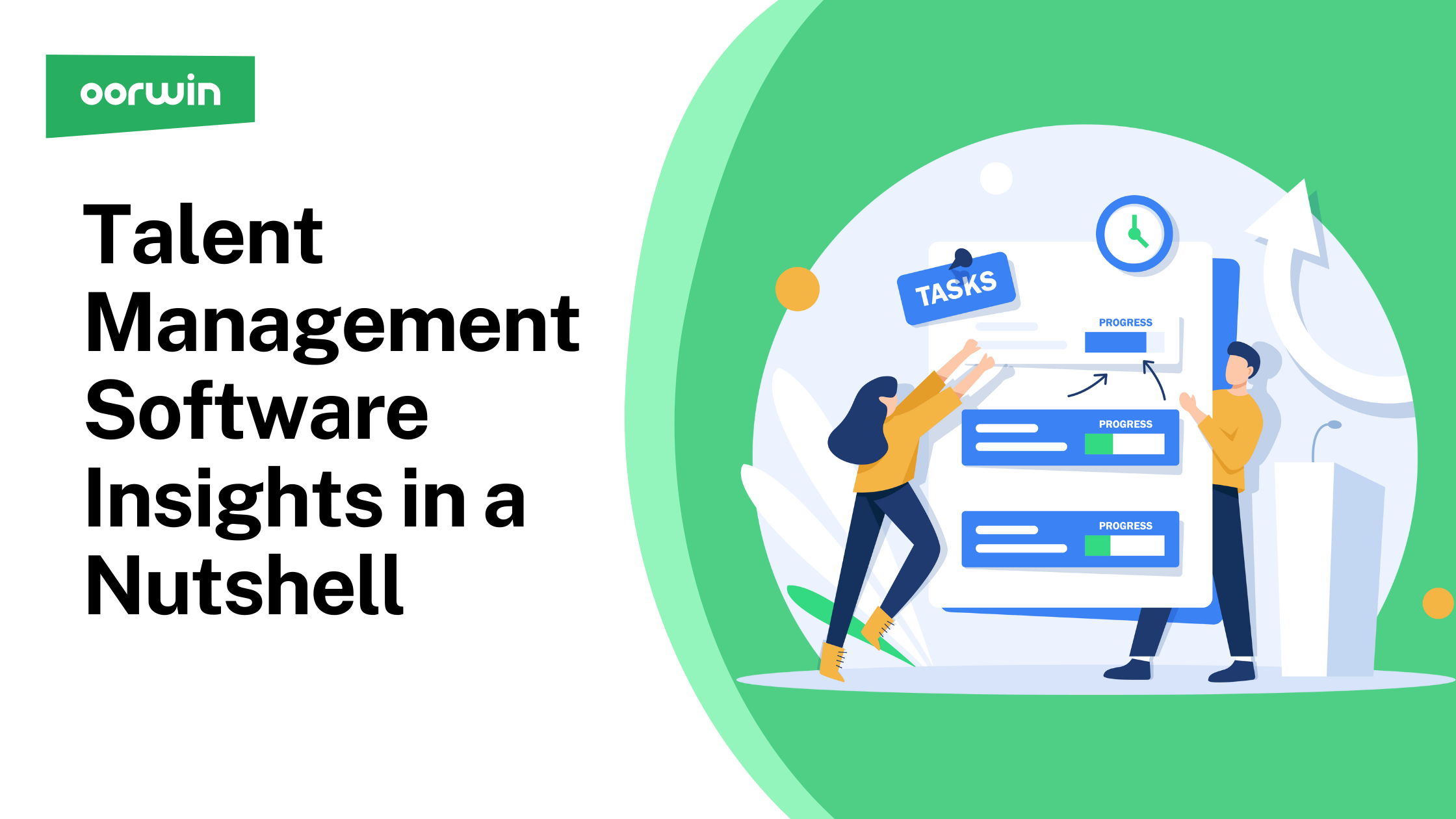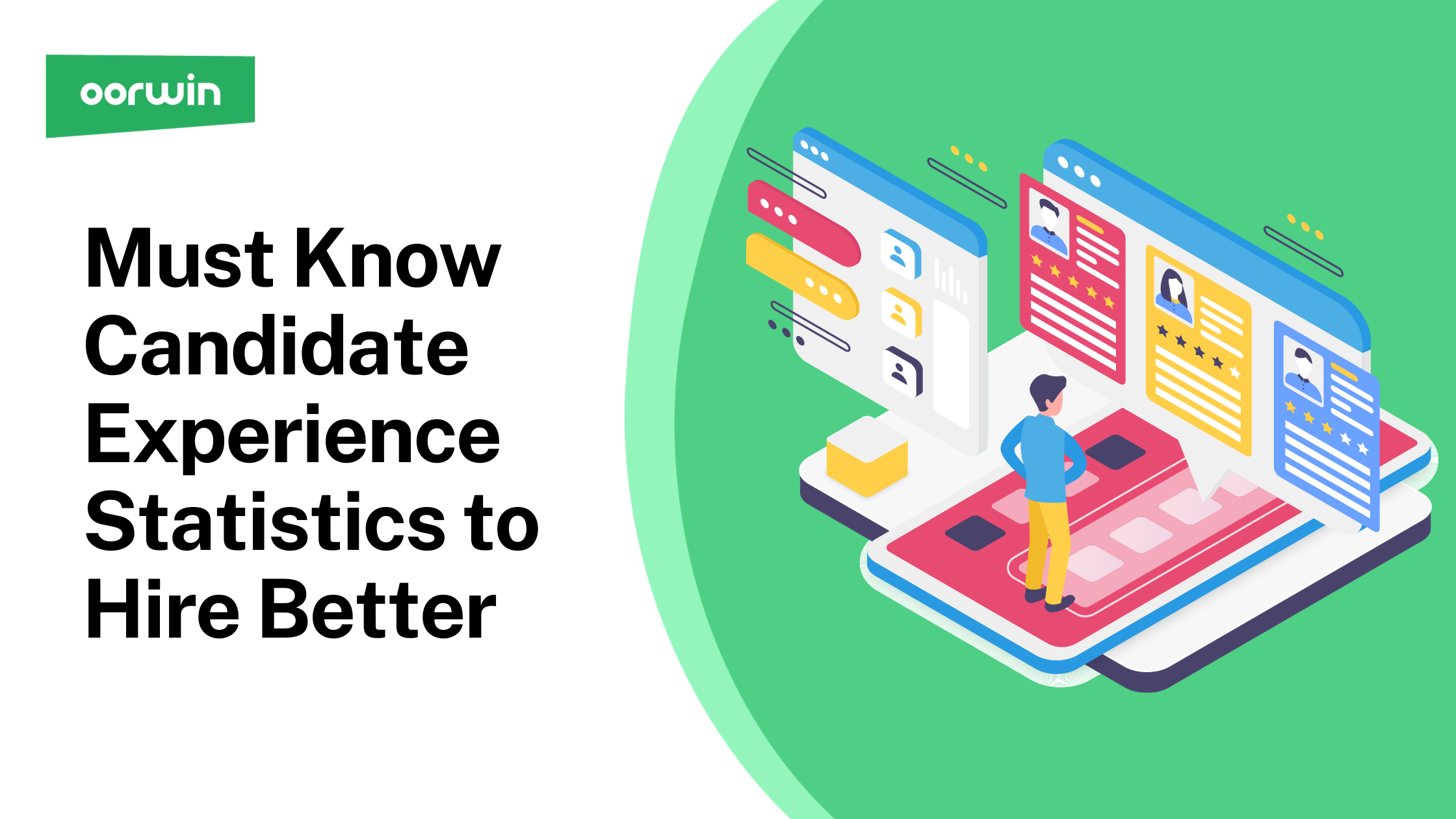Employee Retention Strategies for 2024: Securing Your Top Talent
Keeping your employees on board is really important, especially in today’s business world. This guide takes a deep dive into the most effective ways to keep your team members around. It’s full of new ideas and strategies that have been proven to work. Designed to meet the unique challenges we face in modern workplaces, this guide gives you all the info and tools you need to keep your top talent happy and committed, creating a dynamic and productive work environment.
What is Employee Retention?
Employee retention is the ability of a business to hold on to its employees and prevent them from leaving. It’s a measure of how successful a company is at creating a work environment where people feel valued, supported, and satisfied. Good retention strategies involve understanding what motivates employees, providing growth opportunities, and ensuring a positive workplace culture. It’s about building a place where employees don’t just come for a job, but stay for a fulfilling career. This approach not only keeps valuable talent within the company but also boosts overall morale and productivity.
The Importance of Employee Retention in Today’s Workforce
Keeping your best employees around is more crucial than you might think. Let’s break down why it matters so much:
- Costly turnover: Replacing staff is expensive, both in time and resources.
- Losing skills: When someone leaves, their knowledge and experience go with them.
- Impact on morale: Regular changes in the team can disrupt the atmosphere and lower spirits.
- Increased workload: The remaining employees have to pick up the slack, leading to extra stress.
- Customer views: How often your team changes can influence how customers see your business.
So, holding onto your valuable team members is essential for a stable, efficient, and well-regarded business operation.
Top 10 Strategies for Employee Retention
Retaining your best employees is a big deal for any business, and there are some proven strategies that really help. Here’s a rundown of the top 10 tactics companies are using to keep their talent:
1. Boost Employee Engagement
Enhance employee engagement by creating a workplace where everyone feels their opinions matter. Regularly engage with employees through surveys, feedback sessions, and open forums. Foster a collaborative environment with team-building activities and provide platforms for employees to contribute ideas and feedback, enhancing their connection to their work and the company.
2. Optimize Recognition and Rewards
Build a culture of frequent and personalized recognition. Use platforms that allow for both public praise and private acknowledgments. Combine social recognition with tangible rewards, such as bonuses or extra time off. Regularly celebrate achievements, ensuring employees feel genuinely appreciated for their efforts and contributions.
3. Recruit the Right Employees
Focus on attracting candidates who not only have the required skills but also fit well with your company culture. Emphasize unique aspects of your work environment on your careers page, and actively engage with various professional and community groups to attract a diverse pool of talent. Tailor benefits and opportunities to different generational needs, showcasing a culture that values diversity and inclusion.
4. Streamline the Onboarding Process
Create an onboarding process that is both informative and welcoming. Pair new hires with mentors and integrate them into the team through social events and meet-and-greets. Ensure remote employees have the same access to resources and support. Regularly refine the onboarding experience based on feedback, ensuring a smooth transition for new employees.
5. Provide Professional Growth Opportunities
Develop a culture of continuous learning by offering various professional development opportunities. Encourage employees to pursue growth within the company through training programs, workshops, and seminars. Create clear career pathways and support them with resources and mentorship. Recognize and reward the pursuit of new skills and knowledge, aligning employee growth with company success.
6. Create a Culture That Attracts Talent
Develop a workplace culture that is both enriching and supportive. Embed your company’s values into daily operations and recognize those who exemplify these values. Create an environment where creativity, collaboration, and autonomy are encouraged. Regularly seek employee input to evolve and maintain a culture that aligns with their needs and aspirations.
7. Offer Incentive Programs That Drive Performance
Implement incentive programs that are closely tied to performance metrics. Ensure these incentives are meaningful and align with what employees value most. This could include profit sharing, performance bonuses, or personalized rewards. Regularly review and adjust these incentives to keep them relevant and motivating, encouraging a culture of high performance and recognition.
8. Match Employees with Suitable Managers
Ensure that employees are paired with managers who understand their needs and work styles. Invest in training managers to be effective leaders who can inspire, motivate, and support their teams. Encourage regular one-on-one meetings, where employees can discuss their goals and challenges. A good match between employees and managers can lead to increased satisfaction and better performance.
9. Address Employee Wellness Proactively
Prioritize a holistic approach to employee wellness, encompassing both physical and mental health. Offer flexible working conditions, wellness programs, and access to mental health resources. Encourage a culture where taking breaks and vacations is normalized, and provide support for stress management. Proactively addressing wellness helps prevent burnout and promotes a healthier, more productive workforce.
10. Encourage Consistent and Transparent Communication
Foster a culture of open and honest communication. Keep employees informed about company developments, changes, and challenges. Encourage feedback and create avenues for employees to voice their opinions and concerns. Regularly hold town hall meetings and encourage dialogue between different levels of the organization. Transparent communication builds trust and ensures employees feel valued and part of the company’s journey.
Best Practices for Implementing Effective Employee Retention Strategies
Keeping your team happy and sticking around is important, right? So, let’s dive into some best practices for making sure your employees feel valued and want to stay with your company for the long haul.
Collect Regular Employee Feedback
Here’s the thing: if you want to know what’s up with your team, you’ve got to chat with them. Regularly checking in and getting feedback is like having a direct line to what’s on their minds. It’s not just about hearing them out though; it’s about acting on what they say. This way, you can sort out any issues before they turn into big problems.
Analyze Turnover and Retention Data for Targeted Strategies
Data is your best friend when it comes to figuring out why people might be leaving. By looking at the patterns, you can spot the trends and put your energy into the right places. It’s like being a detective, but for employee happiness. Use that info to tailor your strategies so they hit the mark.
Encourage a Culture of Open Communication in the Workplace
Creating an environment where everyone feels comfortable speaking their mind is key. It’s all about trust and transparency. When people feel they can talk openly, it’s like building a family vibe at work. This openness doesn’t just make everyone feel included; it also means you get to hear all sorts of great ideas and feedback that you might not have otherwise.
Successful Retention Programs in Leading Companies
When we look at the big shots in the business world, it’s clear they’re onto something special with how they keep their teams together. These industry leaders aren’t just about profits; they’re all about their people. Let’s peek into their playbook and see what makes their employee retention strategies so effective.
Google’s Employee Development and Perks
Google, known far and wide for its search engine capabilities, is also a champion in employee satisfaction. They place a huge emphasis on personal and professional growth, offering a variety of programs to enhance skills and knowledge. But it’s not all work and no play; Google is famous for its amazing workplace perks. Think cool office spaces, gourmet cafeterias, and wellness programs. This combination of continuous learning opportunities and enjoyable extras keeps Google’s team motivated and genuinely excited about their work environment.
Netflix’s Culture of Freedom and Responsibility
Netflix, more than just a hub for our favorite series and films, stands out for its empowering workplace culture. They’ve cultivated an environment where freedom and responsibility go hand in hand. Employees at Netflix enjoy considerable autonomy in their roles, encouraged to make decisions and take ownership of their work. This level of trust not only fosters a sense of responsibility but also nurtures a highly committed and self-driven workforce. As a result, Netflix enjoys high retention rates, with employees who are deeply invested in the company’s success.
Salesforce’s Focus on Employee Well-being and Equality
At Salesforce, the approach to employee retention is deeply rooted in caring for its workforce. More than just a leader in cloud computing, Salesforce has created a supportive environment where employee well-being and equality are top priorities. They implement various initiatives aimed at mental health, work-life balance, and inclusivity, ensuring that every team member feels supported and valued. This commitment to creating a positive and equitable workplace has played a pivotal role in Salesforce’s ability to retain a dedicated and diverse team.
Microsoft’s Growth Mindset and Employee Empowerment
Microsoft, a powerhouse in the tech industry, excels in fostering employee growth and empowerment. They embrace a culture centered around the ‘growth mindset’, where learning and development are integral parts of the work experience. Employees are encouraged to expand their skills, explore new ideas, and take on challenges. This emphasis on continuous growth and empowerment doesn’t just spur innovation; it also creates a workforce that is engaged, motivated, and aligned with the company’s vision. Microsoft’s approach to employee development has been a key factor in its ability to maintain a dynamic and committed team.
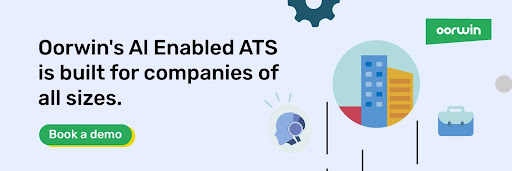
https://oorwin.com/request-a-demo.html
Securing a Future with Strong Employee Retention: Key Takeaways and Next Steps
To wrap things up, the realm of employee retention is always in flux. Our focus on strategies like ramping up engagement and stressing the importance of wellness is key to creating an environment where employees are eager to stay and prosper. Looking ahead, these tactics will be crucial not only for retaining skilled individuals but also for growing resilient, successful enterprises.
Ready to enhance your team? Put these advanced retention strategies to work with Oorwin’s integrated solutions and propel your organization to new levels of success in 2024 and beyond.
FAQ
How do you create a retention strategy?
Creating a retention strategy involves understanding employee needs, analyzing turnover data, and implementing targeted initiatives that align with your company’s culture and goals.
How can companies tackle employee retention challenges in 2024?
Companies can tackle retention challenges by staying adaptable, focusing on employee engagement, wellness, and professional growth, and leveraging data to inform their strategies.
What are some innovative employee retention strategies used by leading companies?
Leading companies use a mix of strategies including robust onboarding processes, continuous learning opportunities, wellness programs, and a culture of recognition and open communication.
